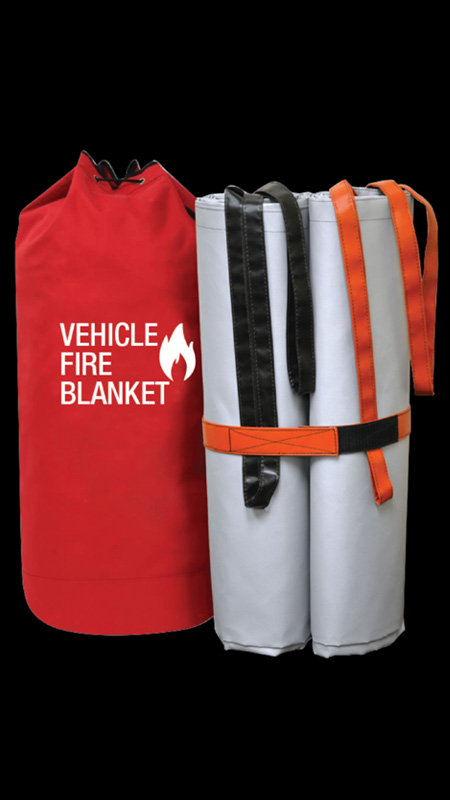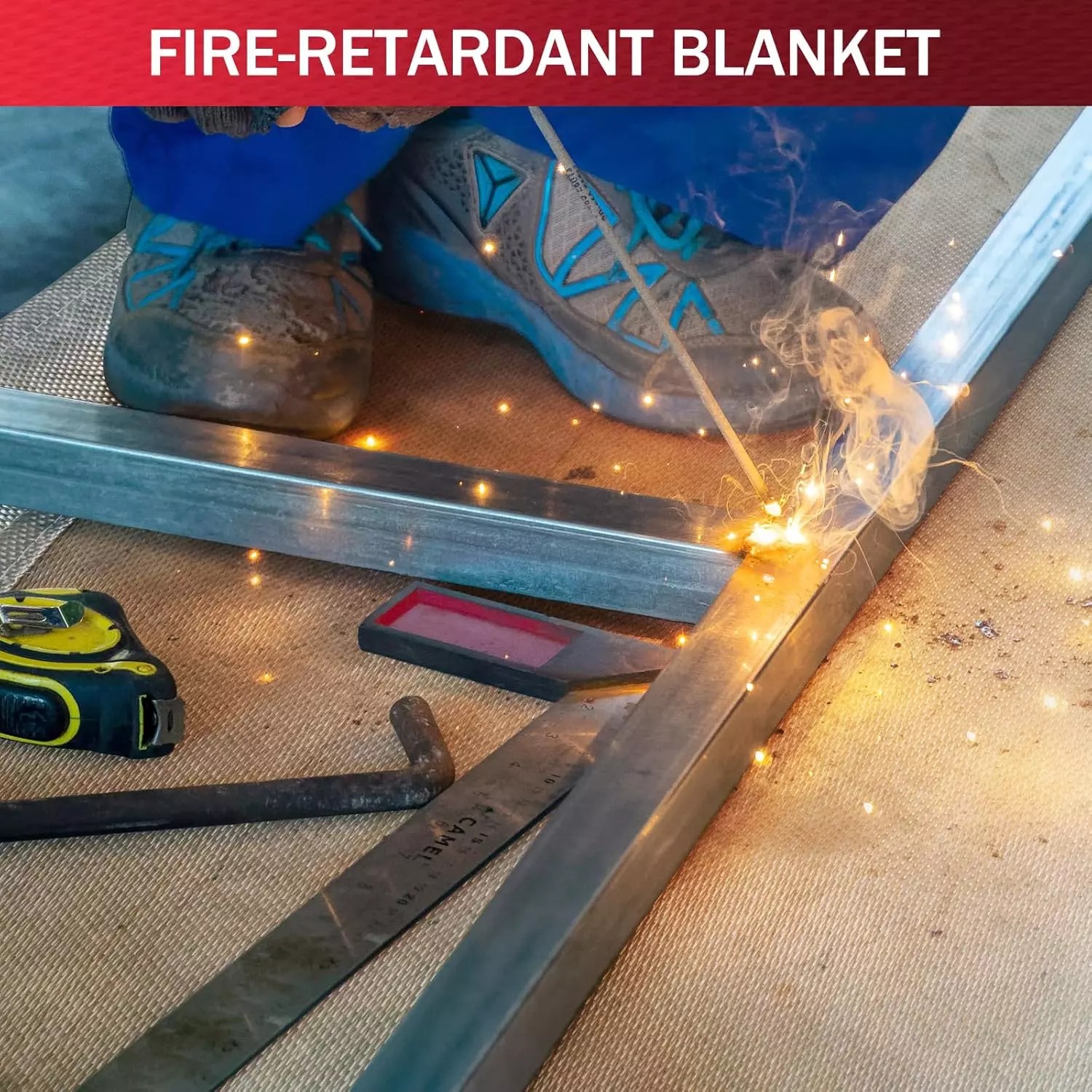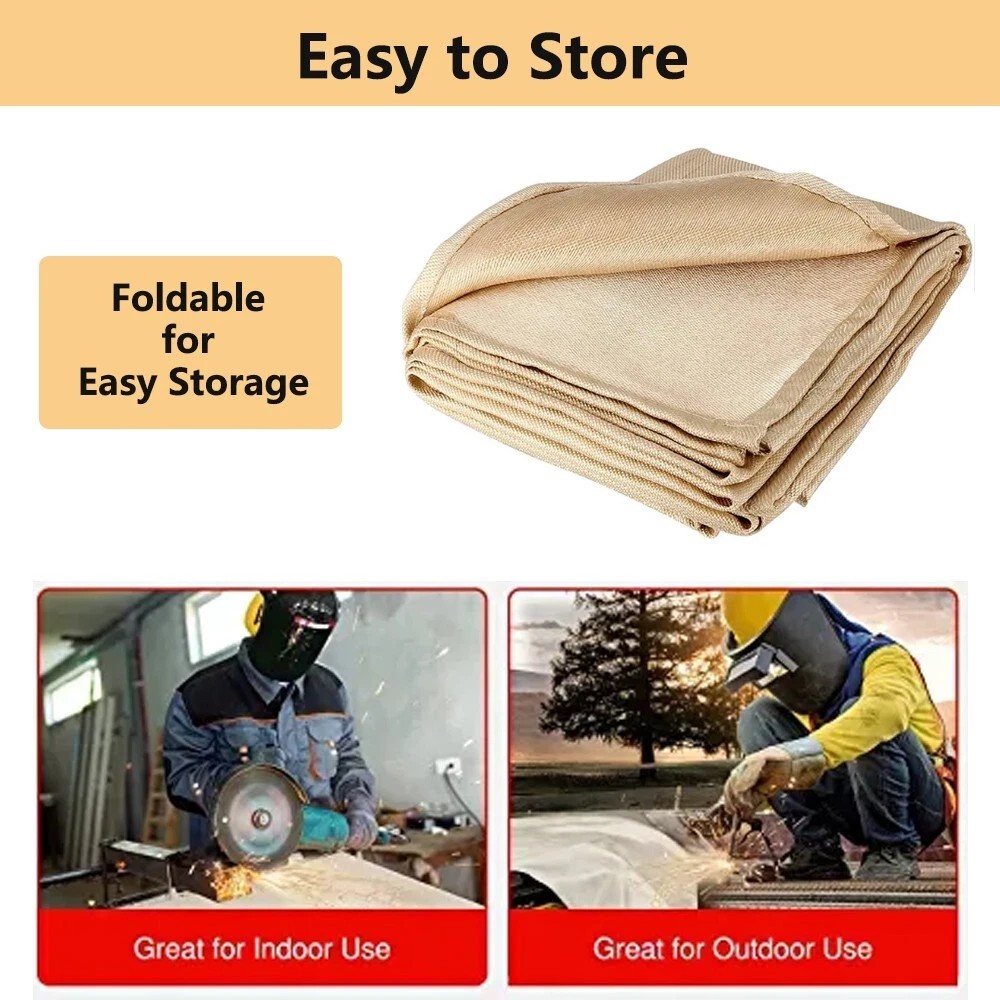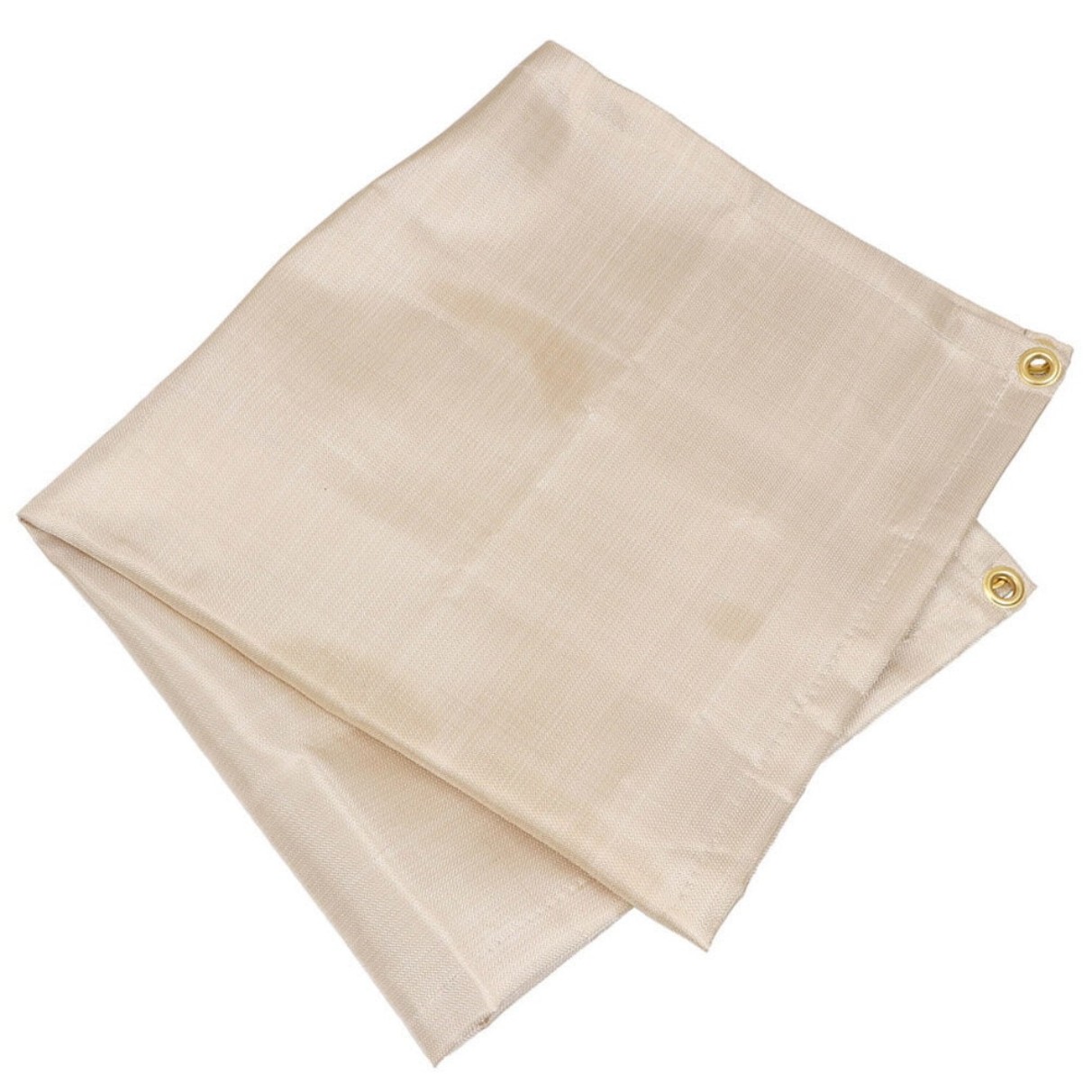Post Weld Heat Treat Insulation Blankets: Benefits and Applications
Post weld heat treat insulation blankets help control cooling rates after welding. They maintain uniform temperatures, prevent cracking, and save energy. This guide explains how they work, their advantages, and proper usage.
What Are Post Weld Heat Treat Insulation Blankets?

Post weld heat treat (PWHT) insulation blankets are specialized thermal covers used after welding operations. You wrap them around welded joints to control the cooling process. These blankets consist of high-temperature resistant materials like ceramic fibers or silica fabrics.
When you weld metal, the rapid heating and cooling creates stress in the material. Using a post weld heat treat insulation blanket slows down cooling, allowing stresses to relieve gradually. This prevents cracking and distortion in your welded components.
Key Benefits of Using PWHT Insulation Blankets
- Prevent cracking:They reduce thermal shock by controlling cooling rates
- Save energy:Less heat loss means lower fuel costs for heat treatment
- Improve quality:More uniform cooling leads to better metallurgical properties
- Increase safety:They contain heat and protect workers from burns
- Save time:Faster setup than traditional brick or fiber insulation
How Post Weld Heat Treat Insulation Blankets Work
When you apply a post weld heat treat insulation blanket, it creates a thermal barrier around the welded area. The blanket's materials have low thermal conductivity, meaning heat escapes slowly. This gives you precise control over the cooling rate.
For best results, you should:
- Clean the weld area thoroughly before application
- Wrap the blanket tightly with minimal gaps
- Use appropriate fasteners to secure the blanket
- Monitor temperatures with thermocouples
- Follow recommended cooling rates for your material
Choosing the Right PWHT Insulation Blanket
Selecting the proper post weld heat treat insulation blanket depends on several factors:
- Temperature range:Match the blanket's rating to your process needs
- Material thickness:Thicker blankets provide better insulation
- Size and shape:Ensure proper coverage of the weld area
- Attachment method:Choose between straps, wires, or hook-and-loop closures
- Environmental conditions:Consider moisture, wind, and other site factors
Common Applications of PWHT Insulation Blankets
You'll find post weld heat treat insulation blankets used across many industries:
- Oil and gas:Pipeline welding and pressure vessel fabrication
- Power generation:Boiler and turbine component repairs
- Aerospace:Critical aircraft structural welds
- Shipbuilding:Hull and structural welding
- Construction:Structural steel welding in buildings and bridges
Installation Tips for Best Results
To get the most from your post weld heat treat insulation blanket:
- Inspect the blanket for damage before each use
- Wear protective gloves when handling hot blankets
- Overlap seams by at least 2 inches for complete coverage
- Use multiple layers for better insulation if needed
- Allow proper cooling time before removal
- Store blankets flat when not in use
Maintenance and Safety Considerations
Proper care extends the life of your post weld heat treat insulation blankets:
- Clean blankets regularly to remove weld spatter and debris
- Check for tears or compressed areas that reduce effectiveness
- Replace blankets showing significant wear or damage
- Keep away from open flames when not in use
- Store in dry conditions to prevent moisture absorption
Post weld heat treat insulation blankets offer a practical solution for controlled cooling. By understanding their benefits and proper use, you can improve weld quality and efficiency in your operations.





